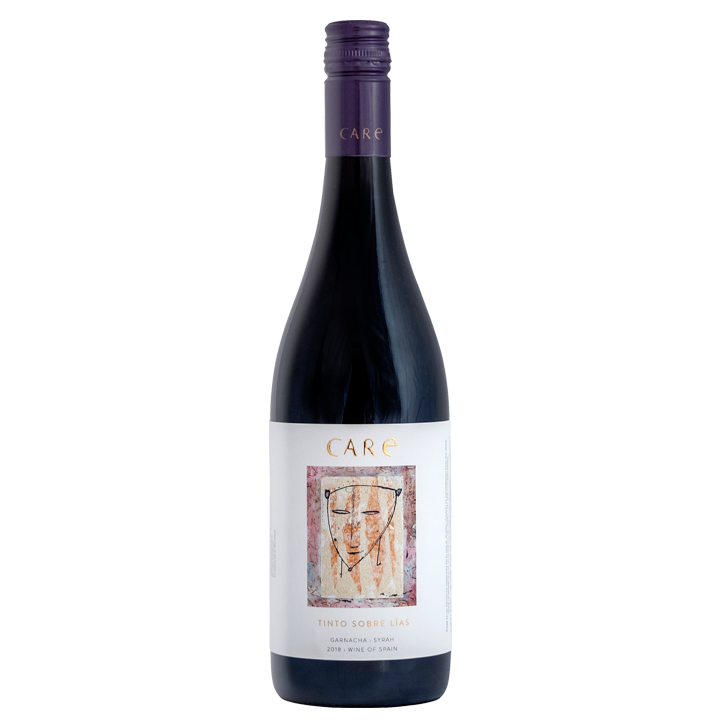



It is predicted that with a projected rise of 2☌ in average temperatures worldwide plantings of Garnacha will substantially increase in Germany, the Pacific North West, New Zealand and France decrease substantially in South East Australia and decrease a smaller amount in Spain (where, with France 87% of Garnacha is grown). This explains why, even with the new-found interest in Garnacha and recent replantings its 163,000 hectares worldwide is still on a downward trajectory – it has fallen from such a great height.īut as the wine world is discovering, with the right winemakers and styles of winemaking – low-temperature vinification, infusion, whole bunch fermentation, less crushing, and ageing in used foudres and concrete eggs – Garnacha’s fruit expression and terroir-driven flavours are enhanced and better expressed, with a trend towards a more transparent, floral style of wine.īeyond wine styles, though, it is another aspect of the grape which will see it increasingly flourish – Garnacha has the ability to adapt to hot, dry conditions, is pretty drought-resistant and has naturally low pH levels making it a promising variety in the context of climate change. A grubbing programme to replace Garnacha vines with international varieties did not help. Winemakers compensated by using oak which caused further issues because it is a grape prone to oxidation, and ended up using it largely as a blending component. The grape’s thin skins led to its nickname of ‘Pinot Noir of the South’, and also a lack of tannins resulting in fruit-driven wines lacking in structure. But it was difficult to work with in Spain and the grape was abandoned there after the 1970s.

To solve this the high-yielding Clone 70 was developed in France, which did not have the coulure problem and could double production. It is also susceptible to coulure, which is a failure of grapes to develop after flowering leading obviously to lower yields. The Spanish Wine Academy masterclass was chaired by Spanish wine expert Ferran Centelles, Enotria&Coe’s Peter Wallbridge and Ramon Bilbao’s Rodolfo Bastida, seven wines were presented, four with 100% Garnacha Tinta and three blended with Viura, Tempranillo and Cariñena.īefore the tasting we learned how Garnacha developed its image problem.īecause it is a vigorous variety that produces a medium to high yield, quantity over quality was often the path it trod. Spanish Garnacha is so on-trend right now, as is single varietal Grenache wherever it is being made – Swartland, South Australia, central coast California or back in Spain where the grape originated from (before being introduced into France in the Middle Ages), Grenache is experiencing a renaissance, with a particular buzz around ‘new style’ Grenache where the wines are made as a single varietal, and often with modern winemaking styles more suited to the grape.Ī masterclass earlier this year from Ramón Bilbao’s Spanish Wine Academy that focused on Spanish Garnacha, has set off a chain of similar masterclasses examining the grape and its new manifestations in other countries (most recently on new wave Grenache in Barossa and McLaren Vale). “Garnacha has the ability to adapt to hot, dry conditions, is pretty drought-resistant and has naturally low pH levels making it a promising variety in the context of climate change,” writes Dean.


 0 kommentar(er)
0 kommentar(er)
